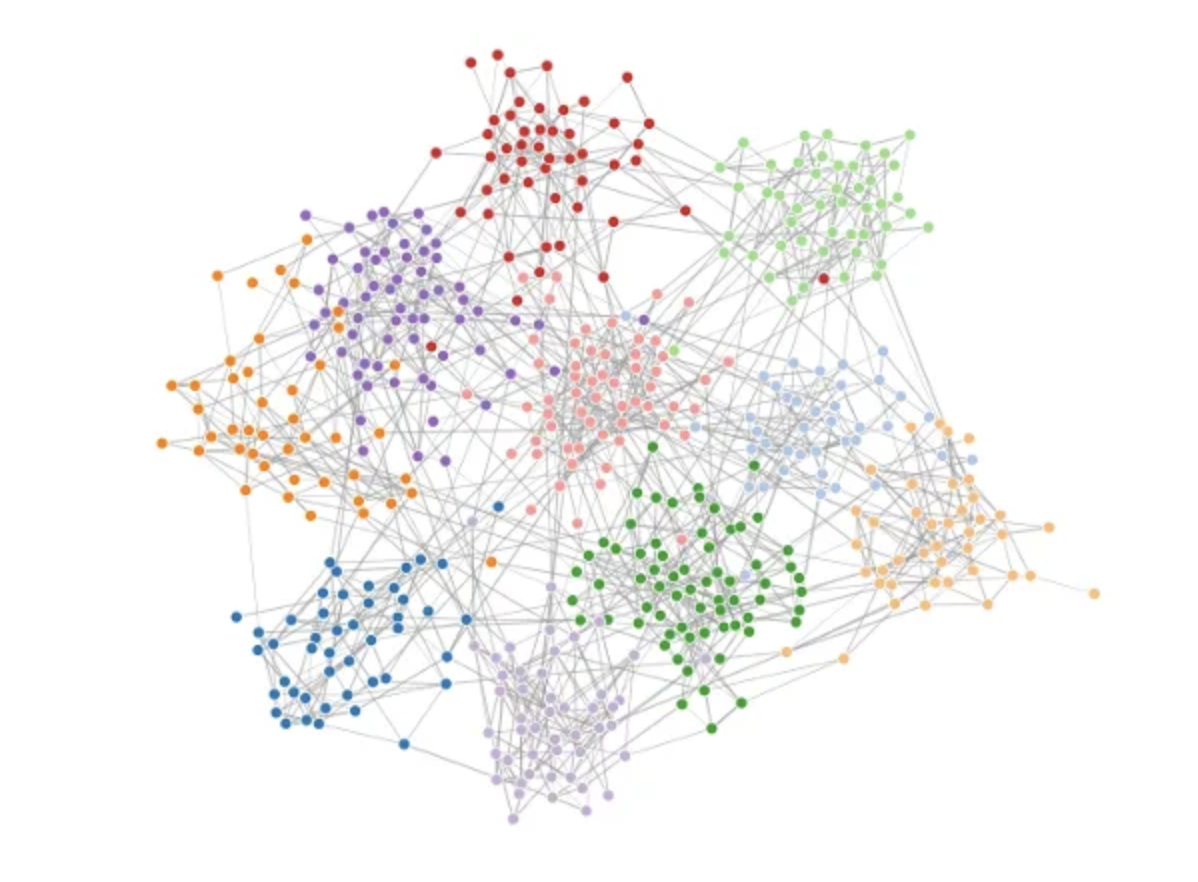
Curvature-based Graph Neural Network Learning for Directed Graphs
Developing a GNN-based framework informed by curvature of directed graphs, integrating optimal transport theory for graph learning tasks.
Research at Harvard SEAS with Prof. Melanie Weber, exploring geometric learning on directed networks.
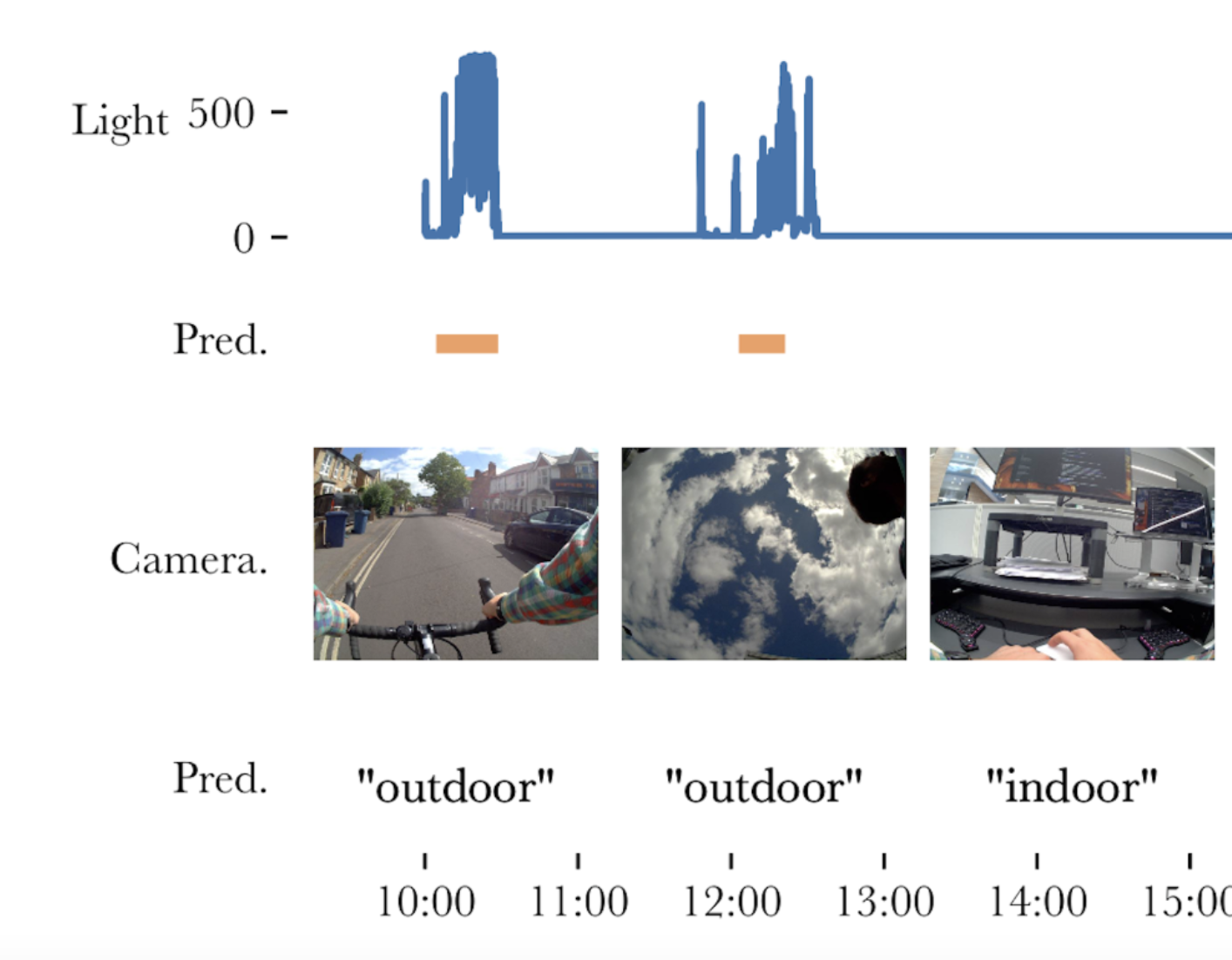
Light-Based Outdoor Time Estimation with Unsupervised Clustering for Axivity AX3 Wearable Device Data in UK Biobank Health Records
Built a machine learning model to infer outdoor time using light exposure data from Axivity AX3 sensors; enabled large-scale behavior analysis.
First-author research conducted at Oxford University Big Data Institute with Prof. Aiden Doherty. (To be submitted 2025).
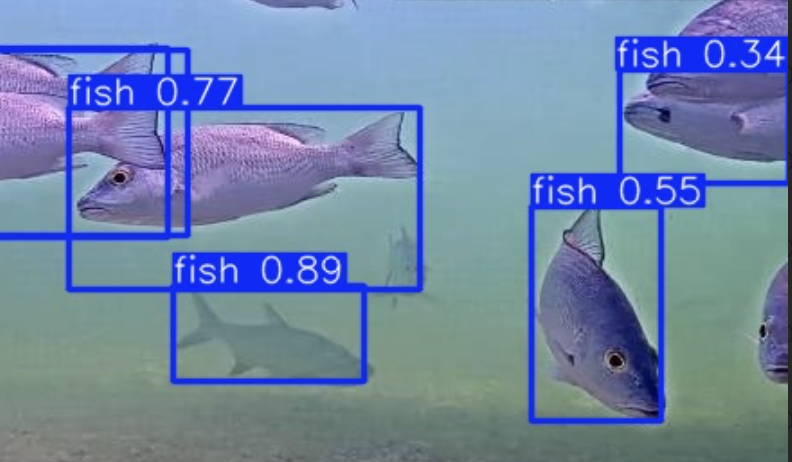
Simulated Annealing for Improved Convolutional Nueral Network-based Crowded Object Detection
Designed a novel optimization framework that boosts CNN-based dense object detection using annealing-inspired heuristics for better convergence and accuracy.
Co-first author research for Harvard Advanced Computer Vision, in collaboration with Trace Baxley. CS2831.
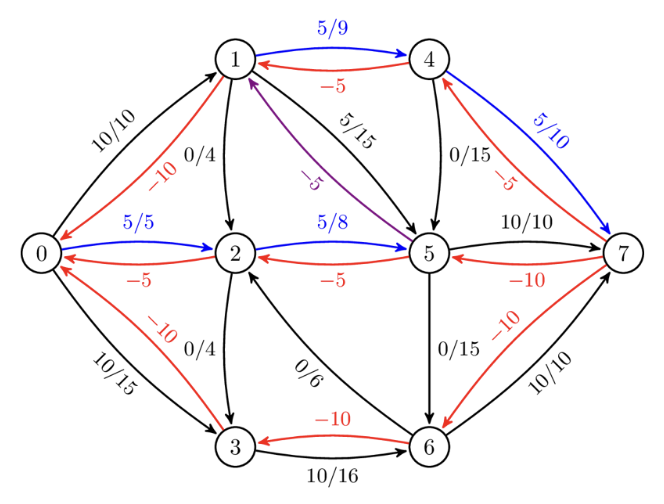
Warm-Start and Bidirectional GNN-Informed Predictive Flows for Faster Ford-Fulkerson
We show that using Graph Neural Networks to both warm-start the Ford-Fulkerson algorithm and guide augmenting path selection significantly reduces the number of iterations required to reach max-flow. Our hybrid method leverages GNN predictions for flow initialization and edge prioritization, with theoretical guarantees relating prediction accuracy to algorithmic speedup. With Trace Baxley. CS2241.
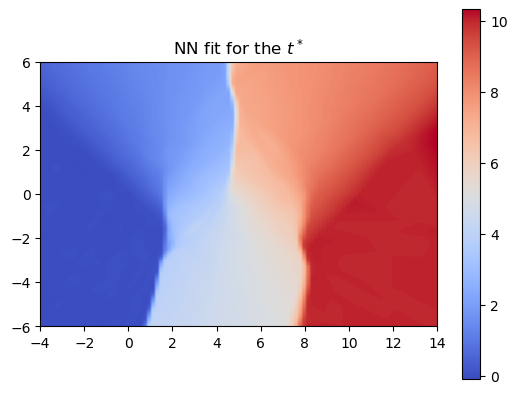
Neural shape sweeping with signed distance functions
We train neural networks to approximate the swept volumes of moving shapes using signed distance functions (SDFs), capturing how objects evolve over time along specified trajectories. By experimenting with network architectures, we address challenges posed by discontinuities and complex motions in predicting accurate SDF representations. With Kimberly Herrera and Juan Parra.